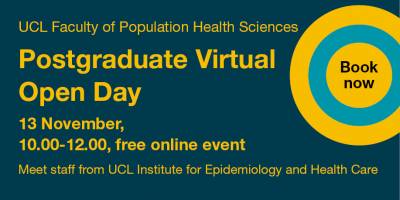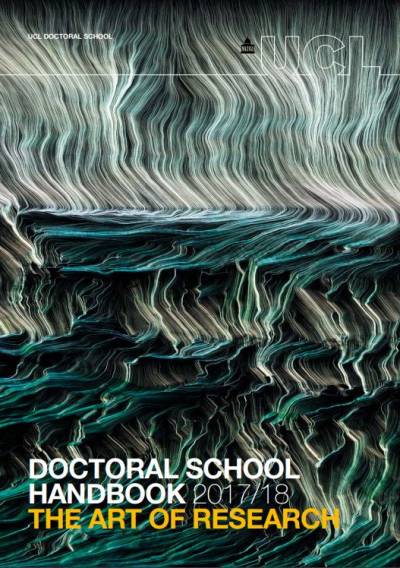|
Abstract
|
Colorectal
cancer (CRC) is the second most common cause of cancer death in the UK.
Screening is key to promoting early diagnosis and thereby improving survival.
The English NHS Bowel Cancer Screening Programme (BCSP) invites adults aged
60-69 to complete a home-based Faecal Occult Blood test (FOBt) kit every 2
years. Routinely collected data indicate uptake of only 54% for the first
invitation; varying from 35% in the most deprived quintile of residential
areas to 61% in the least deprived quintile. Evidently, the full benefits of
CRC screening are not being realised and inequalities in CRC outcomes may
increase. Evidence from a number of sources indicates less awareness of CRC,
and less recognition of the benefits of screening, in lower SES groups. It is
therefore crucial that the screening information booklet mailed with the test
enables people of all levels of health literacy to make an informed decision
about participating in the BCSP. This thesis describes the development and
testing of a health communication intervention that aims to reduce
inequalities in uptake. Study 1 used the 'think-aloud' method to examine
responses to the existing information booklet in order to identify barriers
to comprehension. The process of designing a supplementary leaflet to
facilitate 'gist-based' processing is described. Gist is defined as the
qualitative representation of concepts, and gist-based processing is the
preference for evaluating information in its simplest form. Performance-based
user-testing was used to optimise the content, design and layout of the gist
leaflet (study 2). The communicative effectiveness of the leaflet was tested
in study 3, which was a community-based randomised controlled trial
(registration number: ISRCTN62215021) in which adults approaching the
screening age were randomised to be sent standard screening information
(control) or standard information plus the gist leaflet (intervention).
Findings from 964 respondents showed that the gist leaflet was considered to
be readable and useful and did not cause additional worry about CRC.
Screening intention and perceived risk were unaffected by the gist leaflet,
however knowledge was significantly higher among the intervention group.
Study 4 was a national, cluster randomised trial (registration number:
ISRCTN74121020) nested in the existing NHS BCSP (n=163,566). Adults who were
5 being sent a screening invitation were randomised to receive the standard
information or standard information plus the gist leaflet. Randomisation was
by day of mailing and stratified by screening hub. The gist leaflet had no
effect on the socioeconomic gradient in screening uptake and no effect on
screening uptake overall. Among a sub-sample of people being invited for the
first time, a small but significant difference in screening uptake was seen
in the intervention group. This effect was particularly apparent among men
and older people. Despite the small effects of the gist intervention on
screening uptake among specific sub-groups, the provision of supplementary
gist-based information in this context is unlikely to reduce the
socioeconomic gradient in CRC screening uptake. Implications for the NHS BCSP
and future research are discussed.
|
 Close
Close



